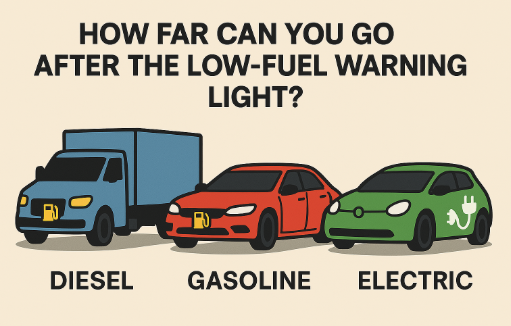
Does Water Really Boil at 100°C on High Mountains?
One of the basic science facts we learn in school is that water boils at 100°C. However, this statement is only completely accurate under a specific condition: at sea level under standard atmospheric pressure (1 atm).
So, what happens at the highest point on Earth, Mount Everest (8,848 m)? Surprisingly, water boils not at 100°C but at about 70°C.

Why High Altitudes Affect Boiling Water
Boiling is not just about getting hot; it’s the process where water turns into vapor and forms bubbles. This happens when the vapor pressure of water equals the surrounding atmospheric pressure.
- At sea level (1 atm ≈ 101 kPa), water must reach 100°C to overcome atmospheric pressure.
- At the summit of Mount Everest, the atmospheric pressure is only about 0.33 atm (33 kPa).
- Under this low pressure, water’s vapor pressure exceeds the atmospheric pressure at around 70°C, making it appear to boil much earlier.
Boiling Point vs. Altitude
The relationship between boiling point and pressure can be described with the Clausius–Clapeyron equation, but here’s a simplified guide:
- Sea level (1 atm) → 100°C
- 5,000 m altitude (~0.5 atm) → ~83°C
- Everest summit (~0.33 atm) → ~70°C
In short: higher altitude → lower atmospheric pressure → lower boiling point.
What Happens to Ramen at High Altitudes?
Many mountaineers have experienced an amusing but frustrating fact: cooking ramen on Everest is tricky. Since water boils at only ~70°C:
- The noodles do not cook properly and remain dry or undercooked.
- The broth does not fully extract flavor.
Even if the water is visibly boiling, the temperature is not high enough to achieve the “perfect ramen” taste we know. For this reason, high-altitude expeditions often carry pressure cookers to artificially increase pressure, allowing water to boil closer to 100°C and cook food properly.
Conclusion: Boiling Point Is Relative, Not Absolute
Water does not always boil at 100°C. Its boiling point is relative and depends on ambient pressure:
- Sea level → 100°C
- High mountains → lower temperatures (~70°C on Everest)
- Pressure cooker → higher temperatures (~100°C or above)
Understanding how boiling points change is not only a scientific fact but also has practical implications for cooking, mountaineering, and daily life.
View the Korean version





